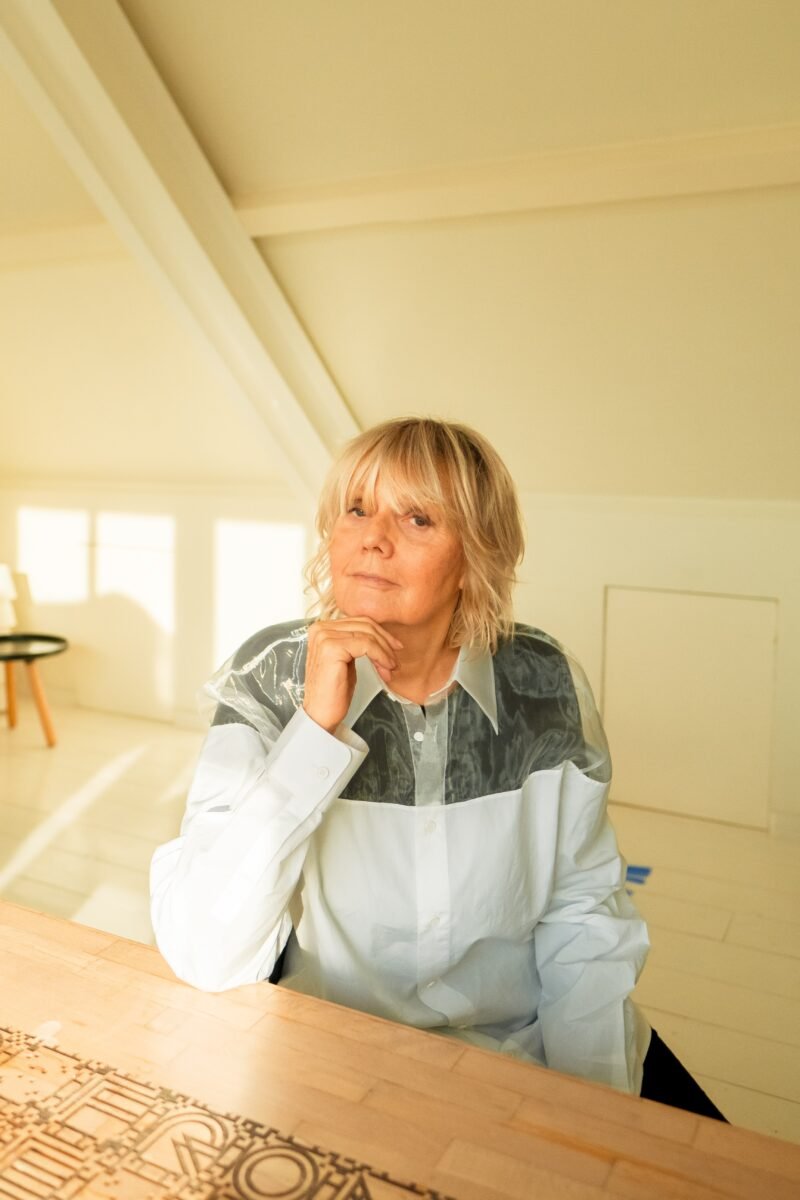Trend 1: Crowd-Funded Urbanism
Crowd-funding has become extremely popular over the last years. Lots of cultural, artistic and design initiatives have already been made possible thanks to platforms like Kickstarter. But will this work for urbanism too? Yes, it does! The idea of paying together for those things we really like, starts to win popularity in the urban profession in 2012.
The first crowd-funded urban projects have been realized in cities around the United States and also in the Netherlands we have encountered some great examples. In these times of financial crisis with a lack of confidence in financial institutions and governments, this kind of funding will gain importance in urbanism. Urbanism will be paid by the crowds, which will mean that the crowds will be having influence as well.

In New York the most obvious example of crowd-funded urbanism is the public swimming pool floating in the Hudson River. So many New Yorkers (and not New Yorkers) liked the idea so much that they wanted to be part of the process of making it possible. And now it’s there, thanks to the 41,647 dollar that was collected by 1,203 backers at Kickstarter. Another urbanism project at Kickstarter that has been realized last year is the Whitelock Community Farm. With the help of more than a hundred backers, Baltimore got an urban farm. All backers will get something in return, depending on their generosity. In this case backers got baseball caps, tote bags and, of course fresh, produce from the farm.

Also in smaller communities like Atwater Village, close to Los Angeles, crowd-funding seems to work. Here people successfully funded an ecological farm market based on slow food principals, enabling everyone in this community to eat fresh and healthy now. All these projects do change neighborhoods and are apparently interesting enough to spend a little money on. People don’t seem to want to wait for the government to solve their issues, but do it themselves.

In Rotterdam the initiative I Make Rotterdam is currently busy raising money for an exciting pedestrian bridge. The initiative of the International Architecture Biennale Rotterdam (IABR) and architecture firm ZUS should be connecting the city’s Central Station with one of the prime biennial locations. The main idea of crowd-funding is making things possible that are not interesting for the government to pay for, but appeal to the audience. Here the bridge is a nice intervention for a short time. Each contributor gets a plank with his or her name on it. Of course, something has to be given in reward to separate the funders from the non-funders.

In Amsterdam a couple of crowd-funded projects have already been realized. For instance the Noorderparkkamer, a community room in a renewed park in North Amsterdam. Or the Miktor & Molf Pool Project at the NDSM Wharf, which embodies a raw urban intervention that goes back to the starting days of the skate scene, and was made possible by 55 pledgers at Voordekunst, a Dutch crowd-funding website in the culture and art niche.

Crowd-funding in urbanism will become more important this year as the money is in the pockets of the people. This leads not only to great projects that otherwise would not have been there, but also encourages community sense. Let’s see if crowd-funded urbanism will get to another level and scale in 2012. Will more complex urban projects also be crowd-fundable?
This article belongs to the Top 10 Trends For 2012. Reflecting on what we’ve written in 2011 and looking into the new year, we’ve compiled a fresh list of remarkable trends that we consider to be important for our cities in 2012.



